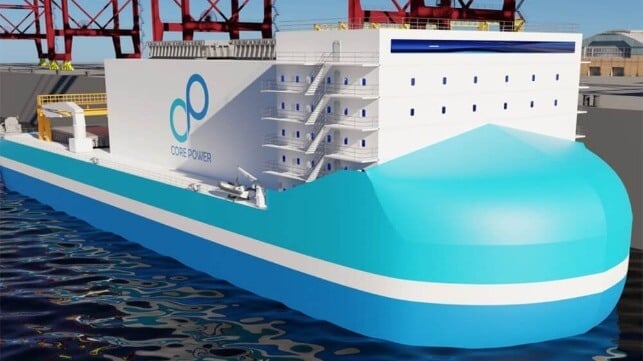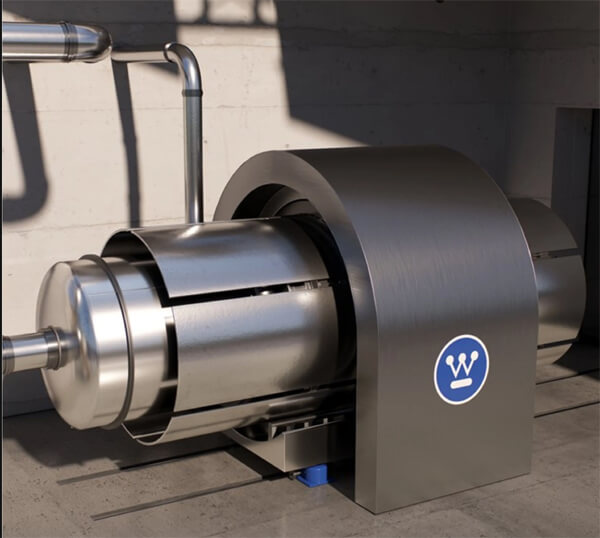Westinghouse and Core Power Partner for Floating Nuclear Power Plants

Westinghouse Electric Company, one of the leaders in nuclear power, and Core Power are launching a cooperation for the design and development of a floating nuclear power plant using a microreactor. According to the companies, by leveraging shipyard capabilities, it will be possible to deploy nuclear energy to islands, ports, coastal communities, and industry.
“There’s no net-zero without nuclear,” said Mikal Bøe, CEO of Core Power. “A long series of identical turnkey power plants using multiple installations of the Westinghouse eVinci microreactor delivered by sea creates a real opportunity to scale nuclear as the perfect solution to meet the rapidly growing demand for clean, flexible and reliable electricity delivered on time and on budget.”
The companies highlighted that floating nuclear power plants can be centrally manufactured and easily transported to operation sites, combining advanced nuclear technology with shipyard efficiency. As a highly transportable source of nuclear power, the eVinci microreactor they contend is perfectly suited to floating applications. The eVinci microreactor Westinghouse says requires minimal maintenance and can operate for eight years at full power before refueling, allowing for reliable long-term power generation at almost any location.

Westinghouse's microreactor would be the basis for the floating power concept (Westinghouse)
Under the agreement, Westinghouse and Core Power will advance the design of a Floating Nuclear Power Plant using the eVinci microreactor. They highlight that using heat pipe technology will improve reliability while providing a simple, non-pressurized method of passively transferring heat. Heat pipes in the eVinci microreactor transfer heat from the nuclear core to a power conversion system, eliminating the need for water cooling and the associated recirculation systems. In addition, the companies will collaborate to develop a regulatory approach to licensing floating systems.
Jon Ball, President of eVinci Technologies at Westinghouse highlights that it will provide “innovative use cases where power is needed in remote locations or in areas with land limitations.” It could be both a steady source of power as well as potentially a way for future disaster relief efforts.
The eVinci microreactor has very few moving parts, working essentially as a battery, providing the versatility for power systems ranging from several kilowatts to 5 megawatts of electricity says Westinghouse. It can run consistently for eight-plus years without refueling. It can also produce high-temperature heat suitable for industrial applications, including alternative fuel production such as hydrogen. The microreactor is factory-built and assembled before it is shipped in a container.
This is one of several projects looking at the concept of creating floating small-scale nuclear reactors to provide power to remote areas. Samsung is also working on a concept to use the next-generation molten salt reactor for a floating power plant.
Crowley also partnered with BWX Technologies, which for many years was part of the well-known Babcock & Wilcox Company. This project is also exploring the development of a power generation vessel concept using a microreactor.
There is an increasing focus on nuclear power as a part of the solution to decarbonization. The projects have projected by the 2030s it would be possible to begin to build and deploy floating reactors.
